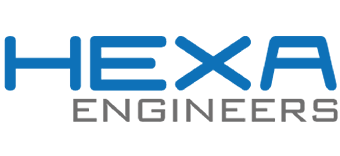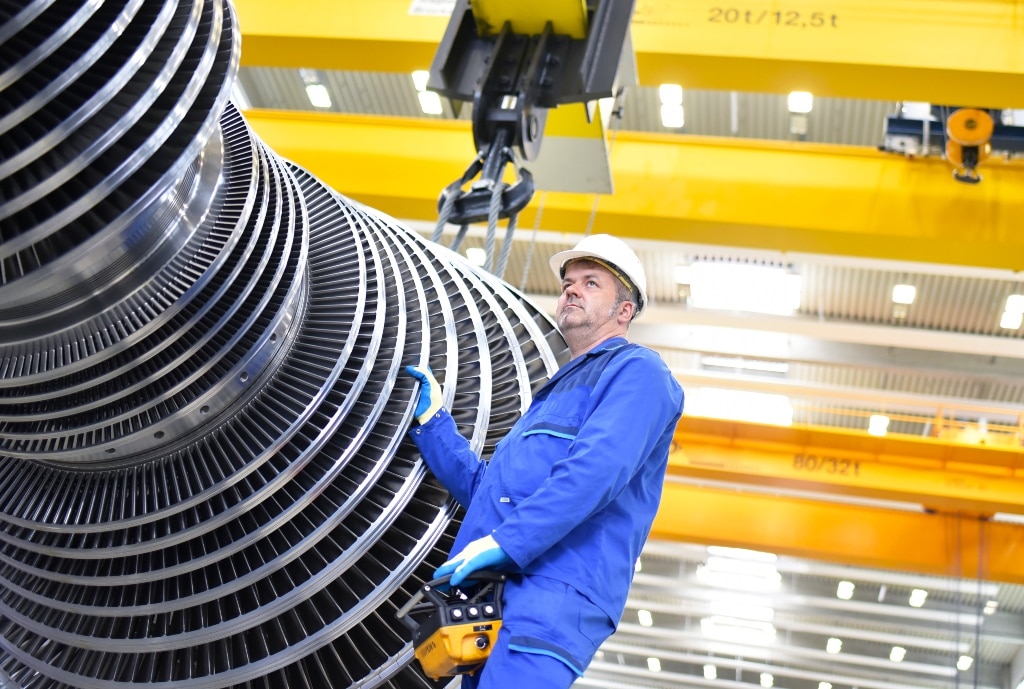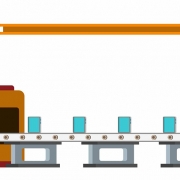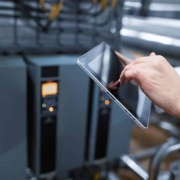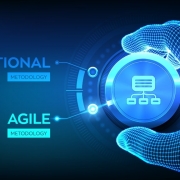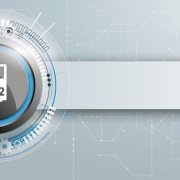The importance of systems integration in today’s industry
The arrival of industry 4.0 has led to a very important change in mindset and trends. And among them is the need to obtain a better integration between the processes and sectors of the industries in order to be able to exchange information more efficiently and quickly.
If it is achieved, decisions can be made faster but always with the aim of optimizing resources, limiting losses and, of course, increasing productivity.
All processes in the industry generate and feed on data. If the necessary integration does not take place, the information that is required in a factory requires an extra effort at the time of being collected, inappropriate for this era. Likewise, the lack of integrated systems means that management is much more cumbersome and ineffective when analyzing whether manufacturing matches demand or whether suppliers and production go hand in hand as necessary.
Nowadays, the processes of a factory require many work groups to be aligned and therefore, integration in Industry 4.0 has been divided into two: vertical integration and horizontal integration. The vertical has to do with the integration of the functions that occur within the factory. For its part, the horizontal is related to the productive chain from the beginning to the end; from the end of the providers to the end of the customers.
But, although the division of both integrations is a fact, they are not watertight departments. Between the two, a constant interaction is required so that the union of the processes and the optimization of production is a whole.
Horizontal integration
Horizontal integration links the sectors and their systems of the production chain of an industry. Market studies, relationships with suppliers, production, logistics and distribution allow horizontal integration to help sectors to function more oiled, making the most of resources while integrating analysis of the market to factory process.
The integration implies synchronization, reduction of losses, adjustments of the demands of the clients to the orders to the suppliers, trying to make the process waste as little as possible. Likewise, a higher quality of what is produced causes fewer returns, which implies that customers trust more in industrial companies whose horizontal integration is efficient.
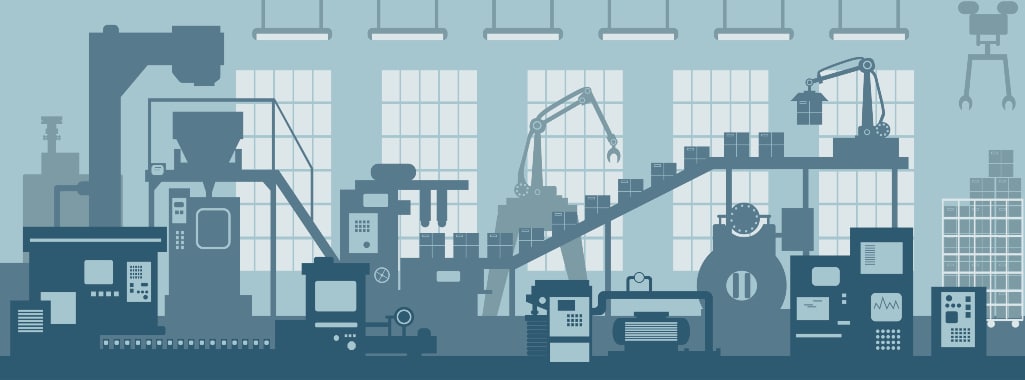
Vertical integration
Industry 4.0 uses vertical integration to flow information between the different strata of an industrial company. This integration facilitates the connection of the specific systems used in each of these phases, sharing the data, making it flow between all the levels more quickly and efficiently. This allows the times to be less when making a decision and thus improve the management processes.
Sensorization of production lines and machines takes place in the factory floor. From there, the information that is extracted is integrated at the control level, with elements such as the CLP. At the production level, it is monitored and controlled by software such as SCADA, to plan, carry out quality and efficiency management through an MES system in the operational stratum. Finally, ERPs play their role in terms of planning and managing processes, and managing orders.
The interaction between ERP and MES systems allows a connection to be established between corporate management and industrial management, where management information is connected in real time to align production schedules.
Technologies that favor integration
The systems can be related to each other in an intelligent way and that in this way the final products are better and perceived as such. For this to happen there are a number of technologies that are key factors in the process in today’s Industry 4.0. Additive manufacturing, IIoT, Big Data, robots and the Cloud are some of the most prominent.
The functions that until not so long ago were carried out manually by workers, are now a task totally reserved for machines and their enormous capacity to interconnect the aforementioned technologies, which allow optimizing industrial processes. However, even if it is the machines and new technologies that carry out most of the work, workers have to be prepared with the necessary knowledge to take control of the integrated systems and that in this way the flow of information is guaranteed.
